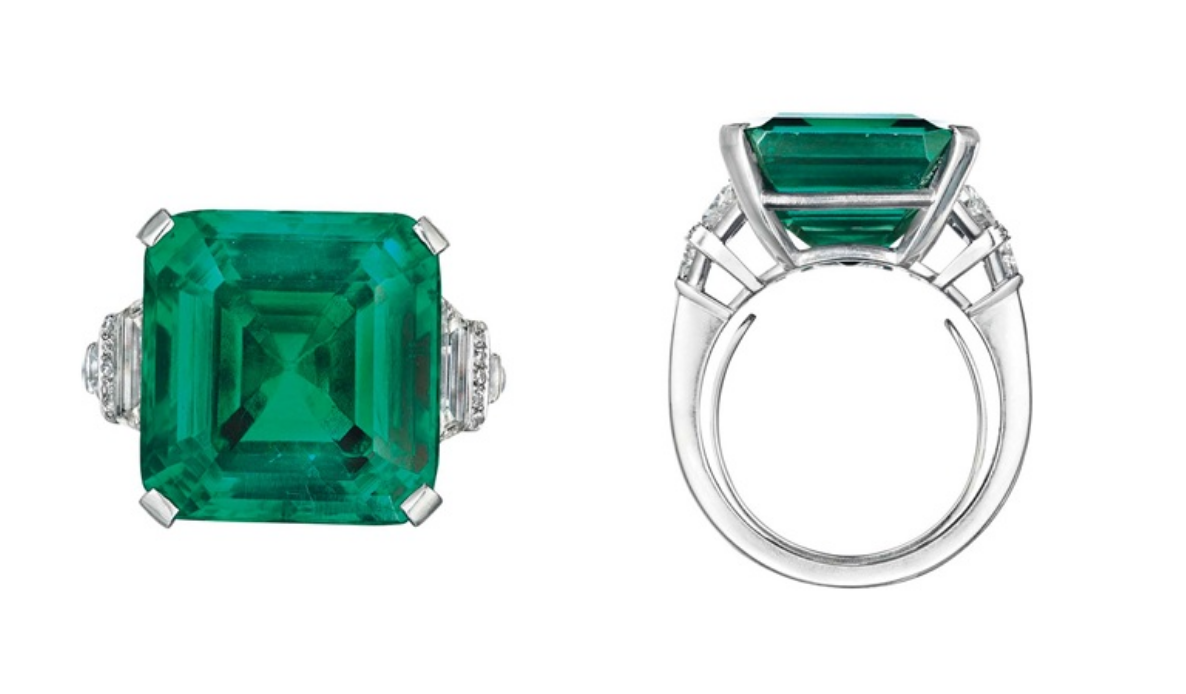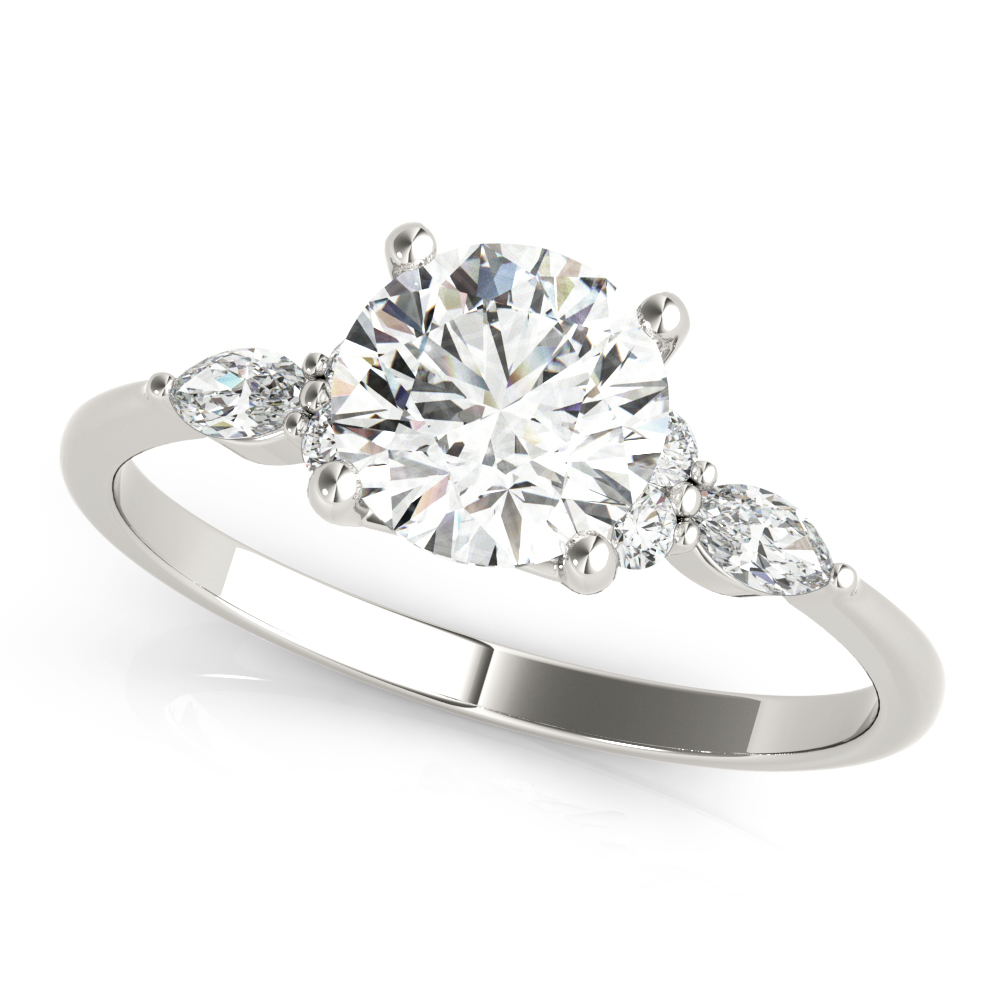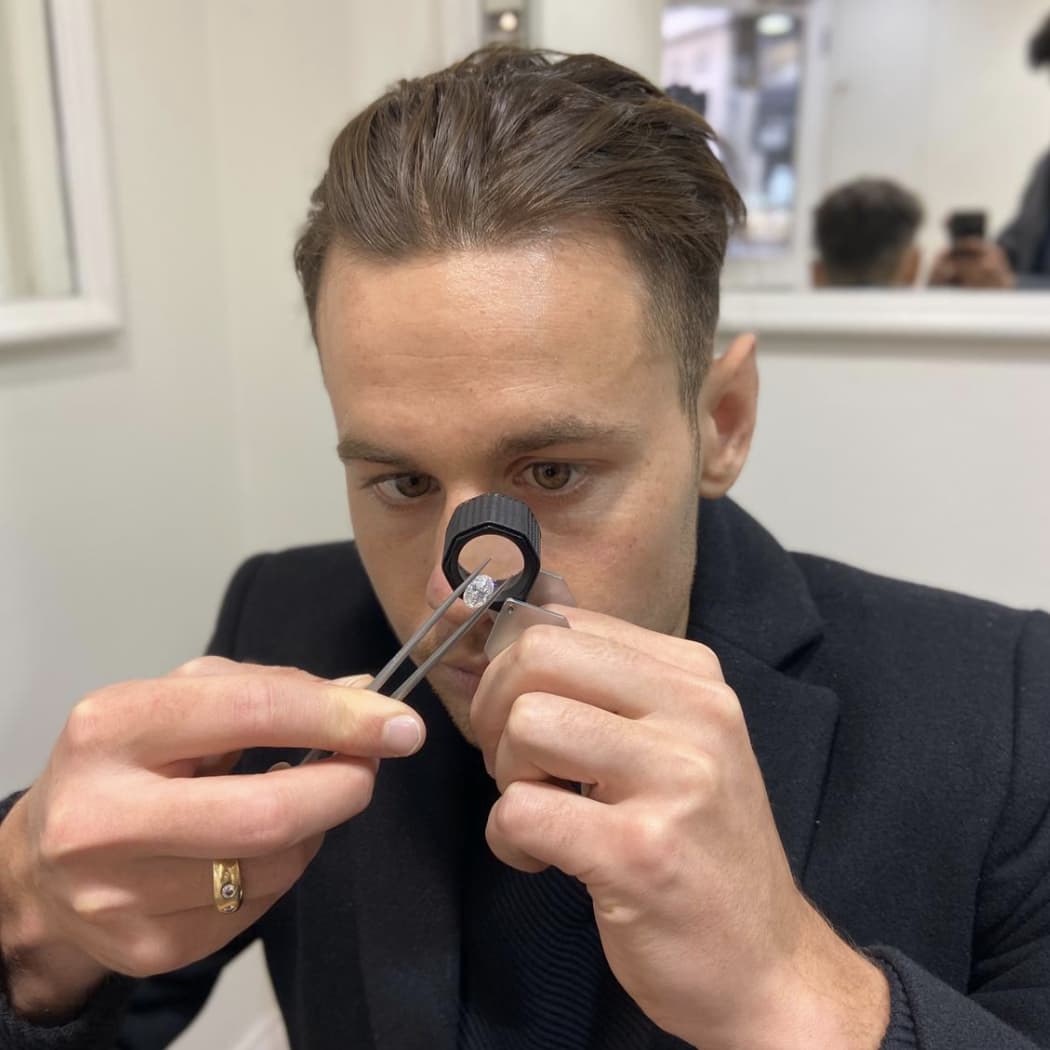UNCATEGORIZED

An in-depth Guide to Buying an Emerald Engagement Ring
By Flawless Fine Jewellery
This buyers guide is designed to help you buy the perfect emerald engagement ring, with 100% certainty that you have bought the right stone!
A BRIEF HISTORY OF EMERALDS
Since antiquity, emeralds have been coveted for their intense, vibrant, green colour. Cleopatra famously had her own mines dedicated purely to the excavation of the gemstone. The mines (sadly no longer in use) were operated by hundreds of men whose existence was solely focused on procuring her green gems.
Even today, emeralds are still held in the same high regard. Recent emerald connoisseurs include the likes of Elizabeth Taylor and John Rockefeller jr; both of whom’s emerald jewellery has broken world records when sold at auction with the latter and formers jewellery selling for $5,511,500 and $24,799,000, respectively.
In stark contrast to the past when emeralds were predominantly mined in Egypt, you’ll find that over 60% of the world’s emeralds come from Colombia with the majority of these stones being split among 3 massive mines: Muzo, Coscuez and Chivor located within the Andes mountain range which runs northeast-southwest through the country.
Recently emeralds are having a resurgence in popularity, with lots of american jewellers keeping a rich stock of columbian emeralds due to this fact. Alongside Colombian emeralds are Zambian emeralds, these are popular because they also sport the rich green colour and, in contrast to Colombian emeralds it is very easy to find two stones of matching quality.
When shopping for emeralds it is important to remember that location can drastically affect the price. For example, when a stone comes from Colombia in that desirable, green colour and quality, the price of that stone can be exponential compared to an equally beautiful stone from Zambia or Afghanistan; which have also been known to produce high quality emeralds (though afghan stones are less common these days).



